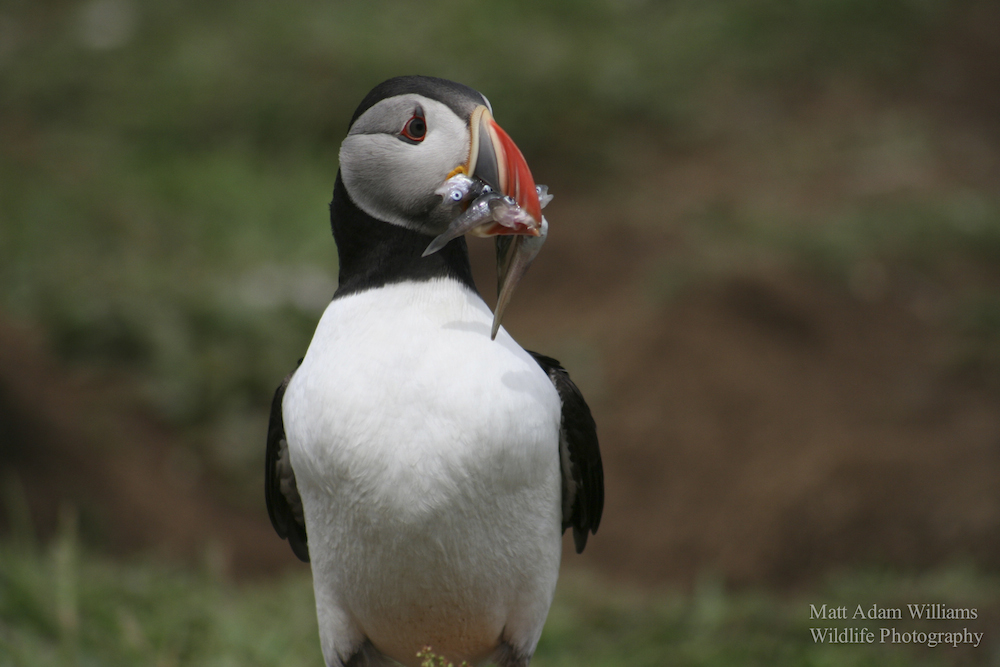Of sex and seahorses
Originally posted on Good Men Project.
Human civilization is littered with tidal shifts in sexual and family norms. Recent decades have seen great progress, in many places around the world, of the legal and cultural acceptance of non-mainstream lifestyles when it comes to relationships and raising children.
But while many try to claim that such tendencies are unnatural, the natural world itself teaches us otherwise. Nature has been breaking down sexual and relationship barriers since pre-history.
Let’s begin with a tiny bird that lives and breeds in Scotland, North America and the Arctic. The red-necked phalarope is minuscule and has a delicate beauty to its red, black and white plumage with hints of gold. In the UK it breeds only on a tiny island off the north coast of Scotland, a barren place with no trees called Fetlar. This island is battered by heavy rain and high winds for much of the year. And it’s here where traditional care-giving roles are turned on their heads.
The female red-necked phalarope, larger than the male and more brightly coloured, defends her male from other females until he begins incubating the clutch. And while the male takes care of the eggs and chicks, the female may go off to find another mate.
And under the surface of our oceans a similar tale is unfolding, among the pink-tinted coral and where moonlight rarely graces to tread. The seahorse is a creature where the male really does carry the burden of childcare. The female and male seahorse court for several days before the female releases eggs which the male fertilizes with his sperm, that are also released into water. The male then carries the fertilized eggs in his ventral pouch until the tiny baby seahorses are born.
The eggs hatch into the pouch where salt levels are controlled, preparing the young for the seawater outside. And when the time comes, the male gives birth to anywhere between 100 and over 2000 tiny seahorses.
Sometimes males compete vigorously for the attention of female mates. The ruff, a wading bird, grows a magnificent set of feathers around its neck during the breeding season and males come together in groups to display and vie to be the dominant among the group with the right to breed with the females.
Monogamay and promiscuity are interesting concepts with a wide range of examples at all extremes of the spectrum.
Monogamy is fairly common among seabirds and the Atlantic puffin has been shown to form long-term pair bonds. Although this is thought to be the result of loyalty to the underground burrows the birds nest in, rather than to their mate.
Wandering albatrosses, with the largest wingspan of any bird at 3.5 metres, are known for supposedly forming monogamous pairs. Once bonded, the pair normally mate every two years until one of them dies. But, interestingly, despite the perceived monogamous ideal, research has revealed that the reality is a bit different.
Being monogamous and breeding at small colonies means that albatrosses can risk becoming inbred. And chicks from genetically similar parents tend to die earlier. So, parents do a little light ‘sleeping around’ in order to spice up the diversity of the gene pool and improve chicks’ chances.
At the other extreme, there’s the unexpectedly edgy and colourful sex life of one of the most retiring birds we see in our gardens. The dunnock, a skulking bird that you might glimpse in the bottom of a shady hedgerow, perhaps aspires to inconspicuousness for the sake of concealing the tawdry details of its sex life. Female dunnocks will mate with several males, and chicks in a single clutch have been shown to have several fathers. Before mating with her, a male will make sure to peck at the ‘cloaca’ (the opening used for excretion and sex) of the female to encourage the expulsion of any semen from a male she may have mated with previously.
When it comes to caring for young, creatures such as the long-tailed tit defy traditional models of parenting for their young by drafting in the help of relatives. Outside the breeding season the tits form flocks of related individuals. During breeding pairs whose eggs fail to hatch will split up and go and help their relatives who are raising chicks. This form of collaborative parenting among family groups helps to ensure better prospects for the chicks.
But sex doesn’t always have to be about siring the next generation. Some dolphins are known to form into groups of up to five, mostly of young males but sometimes including a female or two, and engage in mutual sexual pleasure achieved through rubbing using snouts and flippers, putting gender aside. They are also the only animal in the world known to engage in sexual nasal penetration (of the blowhole of other individuals).
In an age where so many are uncomfortable with sexual liberation and progress (sometimes fearing that such changes might be unnatural), it’s refreshing to remember that the natural world itself is far from stiff-collared or conventional.
When it comes to sexual relationships and family structures there’s every possible combination to be found, and it makes nature a richer and more exciting world to explore.

